“You might want to visit the Nichelini Family Winery in St. Helena,” the lady in the Napa Valley Welcome Center told us. “It’s a really neat, family-owned operation that’s been around since 1890. In fact, it’s the oldest family-owned winery in the valley.”
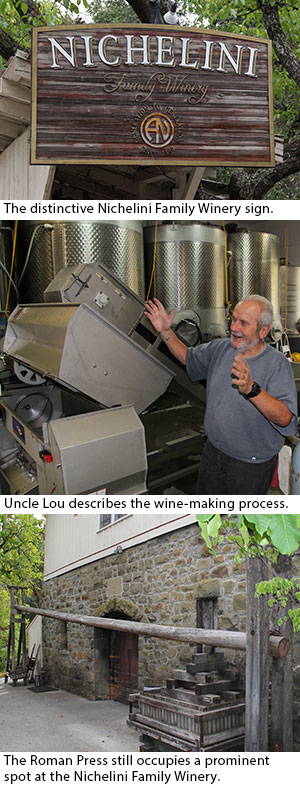 My wife, Halina, and I had been tooling around Napa Valley, California for a week in September, celebrating our 25th anniversary. We’d started in Calistoga, a cute little town in the northern part of the grapevine-laden valley, and had just pulled into the larger city of Napa, in the south. Instead of just cruising the main drag, dropping in on wine-tasting room after wine-tasting room like hummingbirds moving from one flower to another, we wanted to take an unhurried drive, enjoy the scenery, and drop in on perhaps one or two wineries.
My wife, Halina, and I had been tooling around Napa Valley, California for a week in September, celebrating our 25th anniversary. We’d started in Calistoga, a cute little town in the northern part of the grapevine-laden valley, and had just pulled into the larger city of Napa, in the south. Instead of just cruising the main drag, dropping in on wine-tasting room after wine-tasting room like hummingbirds moving from one flower to another, we wanted to take an unhurried drive, enjoy the scenery, and drop in on perhaps one or two wineries.
Being a personal historian who helps multi-generational businesses preserve and celebrate their histories on video, I thought a visit to such a long-established family operation would be fun. I was especially intrigued by the family’s motto: Generation to Generation. The fact that Nichelini was up in the hills, away from the beaten path, was even better.
So the next day, a Tuesday, we packed a picnic lunch and headed north on the Silverado Trail and then CA-128. Halina and I knew we were taking a chance; the winery was only open for tastings on weekends, and we weren’t sure anyone would be around or that we’d be able to get onto the grounds. But in the spirit of adventure we decided to try our luck.
After a leisurely drive that took us past a lake, vineyards and thick stands of trees, we squeezed our car into a space on the side of the two-lane road, across from a two-story wood-frame home flanked by a barn-like building featuring a beautifully carved sign announcing “Nichelini Family Winery.”
We strolled across the road and onto a path between the two buildings. The land dropped away pretty quickly, with stone steps leading to a shady grove packed with weathered wooden picnic tables (a perfect place for lunch!) as well as a bocce court. Just then, I heard what sounded like something metallic being moved in the barn-like building. Wanting to ask permission to enjoy lunch in the picnic grounds, I poked my head through the open doorway and yelled a hello.
A very friendly gentleman sporting short-cropped white hair and beard appeared from the other side of the building, which was filled with shining, stainless-steel fermentation vats and other wine-making equipment. Introducing himself as Uncle Lou, he not only invited us to enjoy lunch on the property, but promptly took us on an impromptu tour of the winery. He showed us all the equipment and explained the roles each played in transforming grapes into wine. Standing outside, and in stark contrast to the modern gear we’d just seen, was the winery’s original Roman wine press. This vintage wooden device has been in the family’s hands for over 120 years and was in active use until the 1950s. Uncle Lou then opened the door to the stone storage area under the family house, where rows of oak barrels holding the results of previous harvests rested in the cool darkness. And he pointed out the original Nichelini family homestead, a small shack near the bottom of hill, in case we wanted to take a peak at it later. He also suggested we knock on the door to the house. He wasn’t sure there’d be wine to taste, but at least we could have a look around.
A young fellow named Eddie answered our knock. Our luck held, as he did have a bottle of white wine, a 2014 Old Vine Muscadelle, open. So we got our taste, plus a Nichelini corkscrew as an anniversary gift. We also purchased a bottle of their 2012 Roman Press Red to try later.
I think Anton and Caterina Nichelini would be proud to know that, over 120 years later, the winery they began is still family-run, and led by their great-great-granddaughter, Aimée Sunseri. Firmly rooted in the past but with its eyes laser-focused on the future, the family business has thrived by passing along its traditions, expertise and pride to each succeeding generation. The winery and grounds are infused with vitality and spirit, which, I’m sure, will serve them well for generations to come.
I can only imagine what great stories family members could tell – and what a wonderful video biography these stories would make!
By the way, the wine was delicious. We’ll be ordering more.
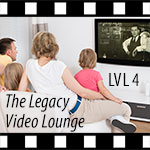
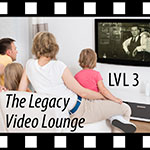

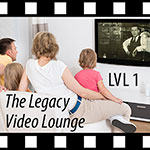
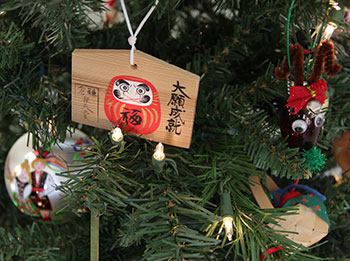 Our collection of ornaments (like most, I suspect) is pretty eclectic. They range from childhood craft projects, like a faded glass ball featuring my name in glue and sparkles, to handmade and store-bought decorations acquired throughout our lives. Halina and I add one new ornament each year, usually one we find on vacation, like the wooden carving we bought years ago in a temple in Japan.
Our collection of ornaments (like most, I suspect) is pretty eclectic. They range from childhood craft projects, like a faded glass ball featuring my name in glue and sparkles, to handmade and store-bought decorations acquired throughout our lives. Halina and I add one new ornament each year, usually one we find on vacation, like the wooden carving we bought years ago in a temple in Japan.
